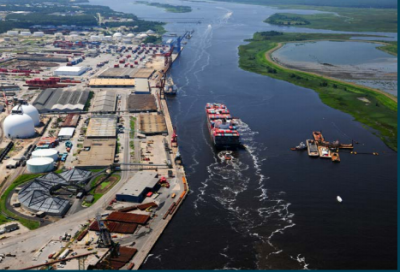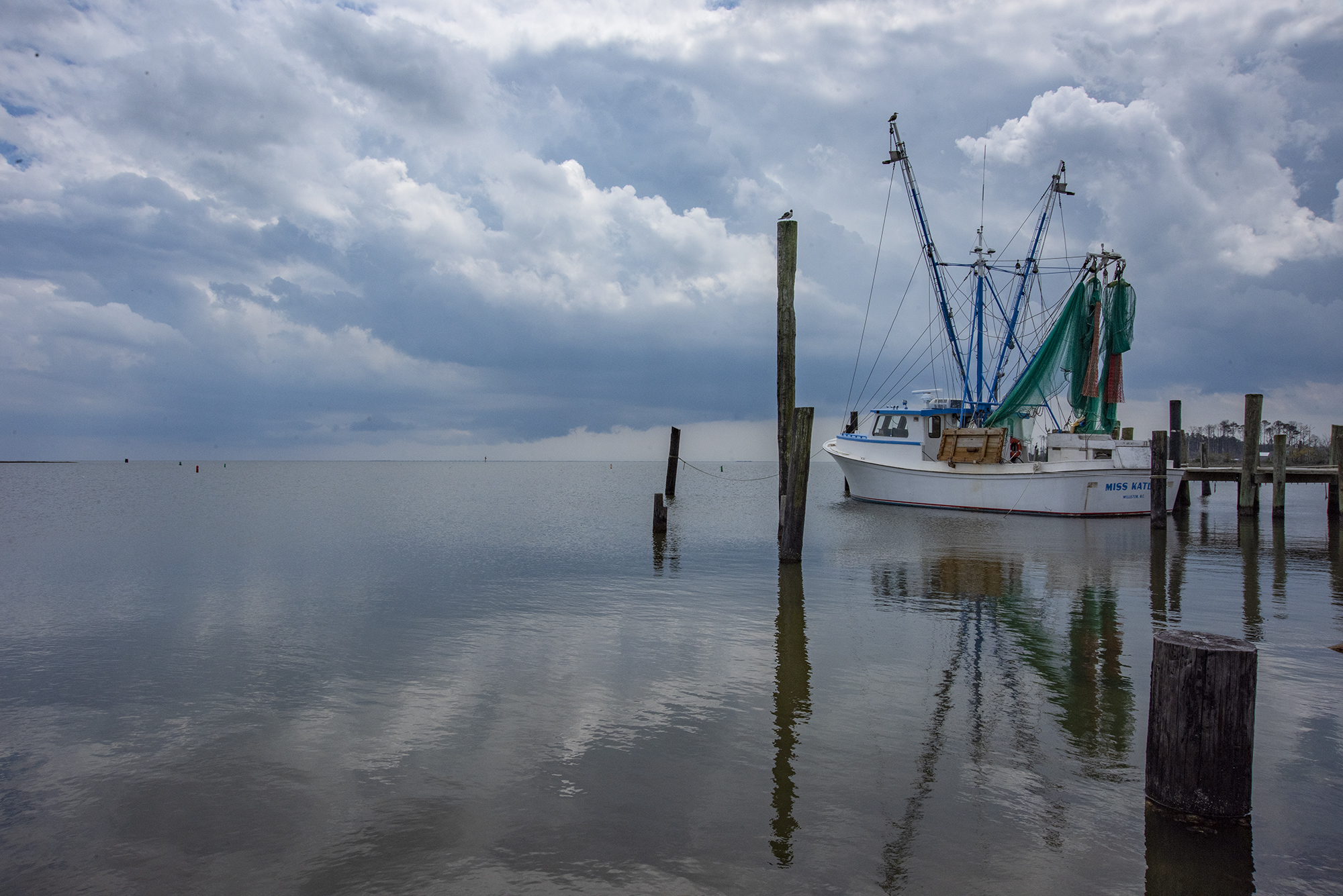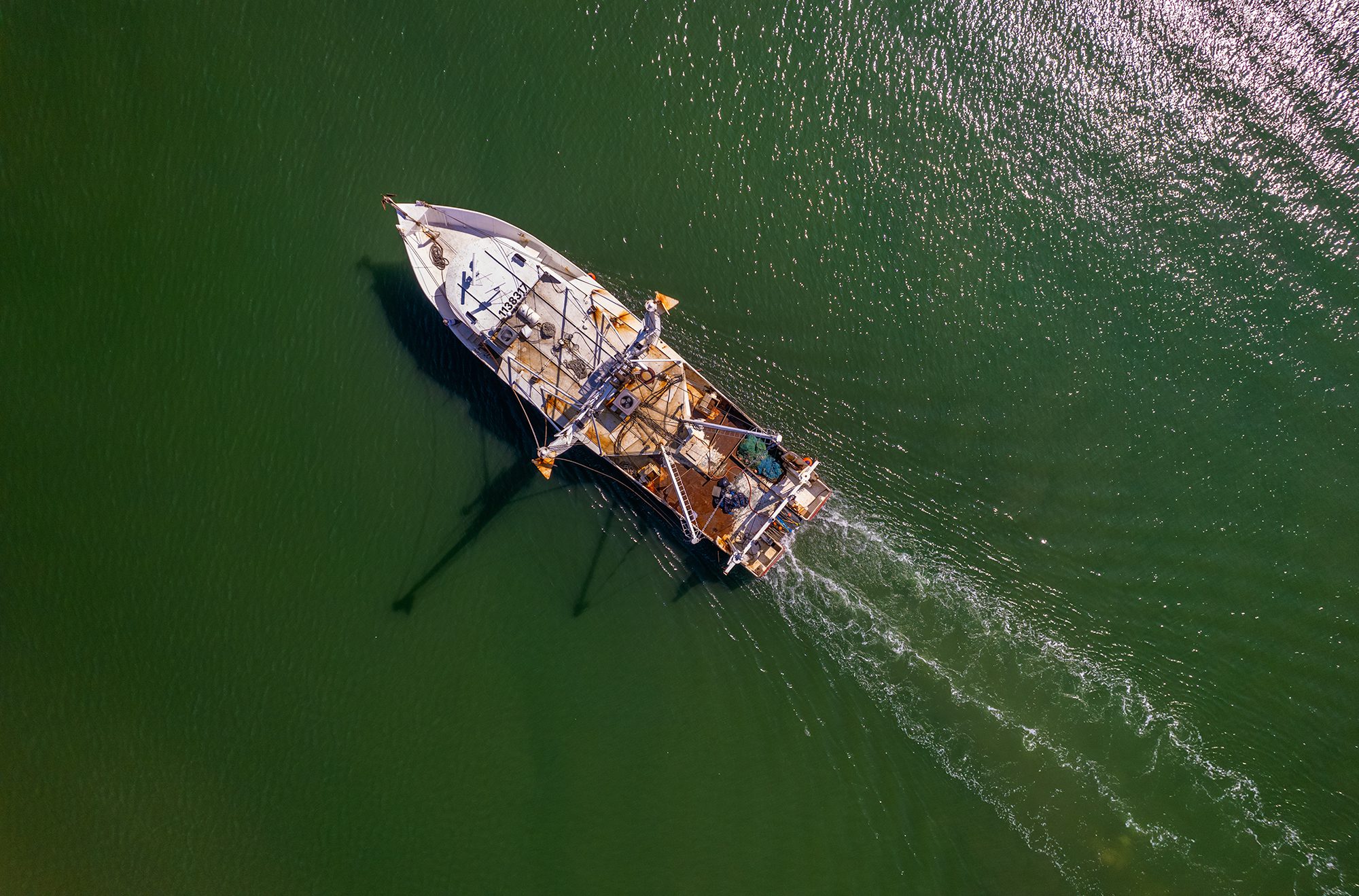WILMINGTON – The North Carolina State Ports Authority must answer a lot of questions about the Wilmington Harbor Navigation Project before it can begin widening and deepening the Cape Fear River to accommodate increasingly larger container ships from Asia and other locales.
After reviewing the first draft of the project’s federally mandated feasibility study, the Army Corps of Engineers responded with multiple issues the ports authority must address before giving the project the green light, Jerry Diamantides, senior economist with contractor David Miller & Associates, told the authority’s board of directors Thursday during its meeting in the North Carolina Maritime Building on Burnett Boulevard. Diamantides attributed the Corps’ numerous concerns to a change in process that prevented the contractors from collaborating with the Corps as they conducted the study.
Supporter Spotlight
However, Paul Cozza, the ports authority’s executive director, said the Corps’ response is part of the approval process and that resolving the issues will help ensure the project will not harm the environment.
“It’s extremely important to make sure the environment is as sound as possible,” Cozza said. “We’ve got to make sure we’re doing it correctly. If there are impacts, we’re going to be able to reverse them by doing mitigation… We want to get this in place but not on a basis of speed over quality. We want to have high quality and high speed at the same time, because that’s all part of what’s going to be affecting North Carolina.”
Getting the Corps’ approval on the first draft of the feasibility study is the first hurdle the project must overcome. Next, the Corps must approve the study’s final draft. Finally, the Assistant Secretary of the Army for Civil Works R.D. James must give the project a favorable recommendation, as authorized by Section 203 of the Water Resources Development Act. WRDA approval is the process by which the Wilmington Harbor Project would be eligible to receive federal funding.
Though the Wilmington project will compete with other harbor projects for WRDA funds, two factors may work in its favor, according to Daimantides. First, the Wilmington project has a positive benefits-to-cost ratio of 5:4. The construction cost, including interest accrued during construction, is $750 million, and the annual average equivalent cost, or the expense of owning and operating the expanded harbor during its useful life, is $30 million. The average annual equivalent benefits are $158 million, which results in average annual equivalent benefits of $129 million.
Second, the Wilmington Port is underused. It has a large port capacity that can serve landside as well as waterside transportation, but it doesn’t have the channel capacity to keep up with other ports.
Supporter Spotlight
“Many millions of truck miles will be saved by deepening the channel and keeping the Asian cargo coming through this port,” Diamantides said.
Cozza promised complete transparency through the approval process and said public hearings will be held after the first and final drafts of the feasibility study are released to the public, releases tentatively scheduled for November 2019 and April 2020, respectively. Ports Authority officials are optimistic that James will recommend the project to Congress prior to November 2020 so construction can begin as soon as possible.
Getting the project underway is important because the port lags its competitors in terms of readiness for larger ships, Diamantides said. Competing harbors have already begun deepening their channels: Savannah’s project to deepen its channel to 47 feet is scheduled to be completed in 2020, Charleston’s project to deepen its channel to 52 feet is scheduled to be completed in 2021, and Norfolk’s deepening to 55 feet is scheduled to be completed in 2025.
This first draft of the feasibility study recommends deepening the main ship channel from its current 42 feet mean lower low water in river reaches and 44 feet in the ocean entrance reaches to 47 feet in the river reaches and 49 feet in the ocean entrance reaches. Widening multiple areas of the channel to allow passage of the ships is also recommended. Without these changes, the Port of Wilmington won’t be able maintain its status as a port of call for U.S.-Asia East Coast services and would lose trade to Savannah and other ports with channel depths of 47 feet or deeper, according to Diamantides.
While the channel could be deepened to 48 feet, the 47-foot depth would keep the Wilmington port competitive and have the least environmental impact, Diamantides added.
The feasibility study, which includes the work of university professors and other environmental experts, shows that deepening the channel to 47 feet would have only minor impacts on the environment, according to Diamantides, who emphasized that groundwater would not be affected.
Environmental advocates have previously expressed concerns that further deepening the channel could put the Castle Hayne Aquifer, the drinking water source for much of eastern North Carolina, at risk of saltwater intrusion.
“We had a go, no-go with the groundwater,” said Diamantides. “There was no way the project was going forward with impacts to the aquifers. There are no impacts to groundwater resources.”
However, the project is not without its negative aspects, especially for Atlantic sturgeon and sea turtles, both of which are on the endangered species list. While the spawning habitat of the Atlantic sturgeon will not be affected, the same can’t be said for their foraging habitat. Sea turtles may be adversely affected during beach placement.
“There was no way the project was going forward with impacts to the aquifers. There are no impacts to groundwater resources.”
Jerry Diamantides, David Miller & Associates
Primary nursery areas would also be affected, which will benefit some species and harm others, according to the study.
The wetlands, too, would change as the saltwater wedges move farther upstream when the channel is deepened. However, those changes would be minor, said Diamantides.
There would also be minor changes in species composition in the tidal freshwater swamp and marsh, the result of an increase in salinity of less than 0.3 parts per 1,000. The impact on the salt and brackish marsh would be insignificant, according to the presentation.
Despite downplaying the environmental effects, Diamantes stressed that any environmental damage would be mitigated.
And there the feasibility plan has run into another roadblock. Because of requirements under the Section 203 process, the Corps was not involved in the ports authority’s study until the draft was published and presented. Though the contractors consulted with local, state and federal resource agencies, mitigation is an area the feasibility study can’t complete without the Corps’ input, Diamantides explained. So, for now, the feasibility study includes a placeholder for mitigation plans until the Corps weighs in and includes mitigation options, such as funded fish ladders for diadromous fish to navigate around man-made barriers.
Diamantides said that much in the feasibility study is likely to change to meet Corps officials’ concerns before the final study is released.









